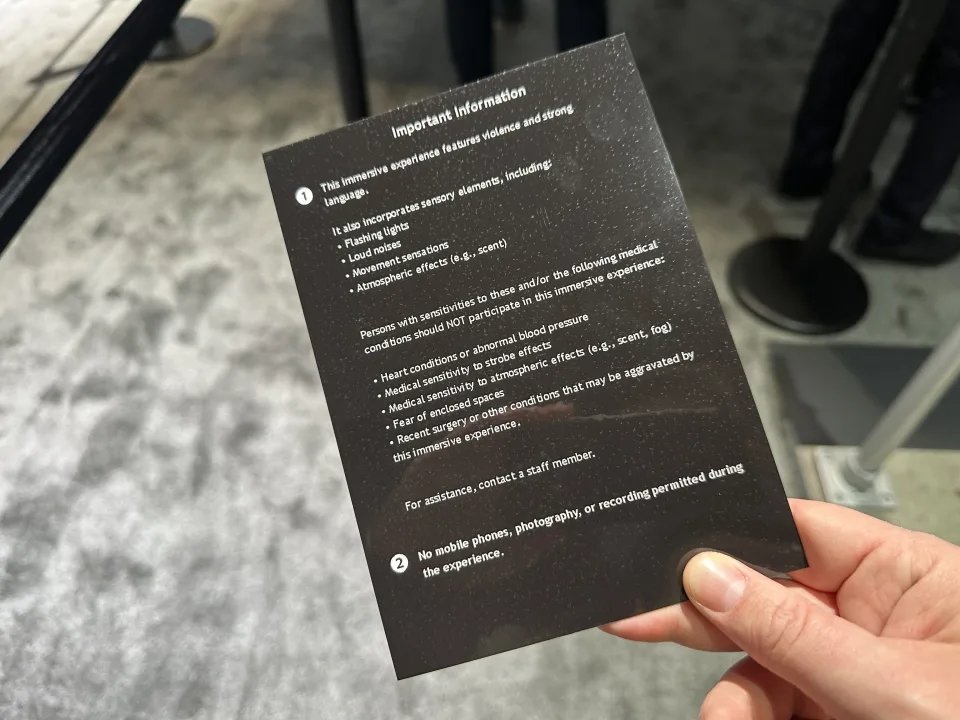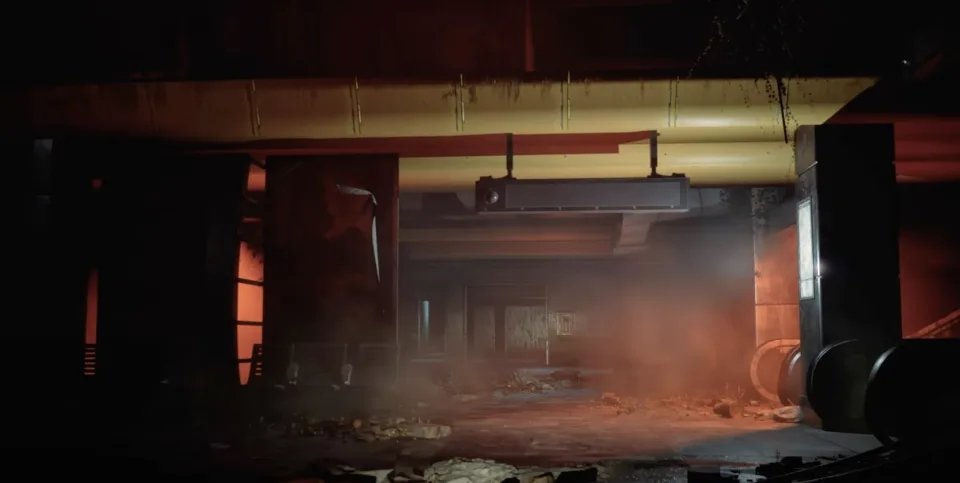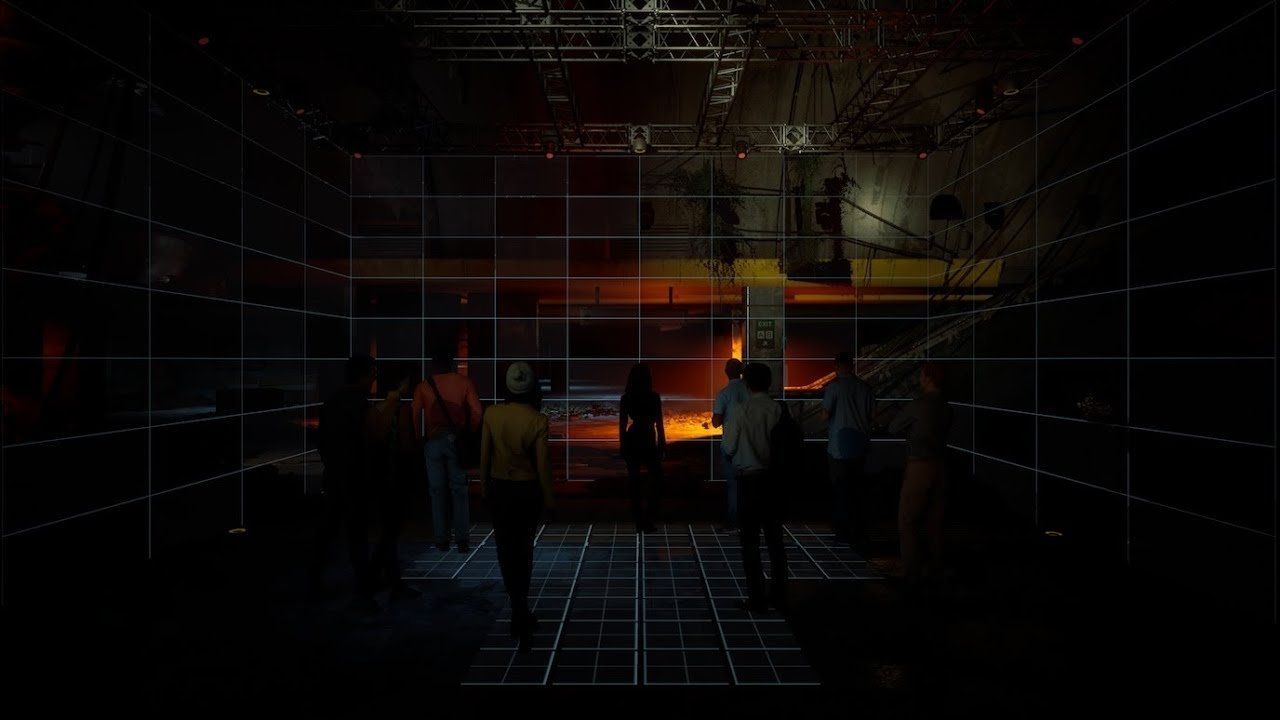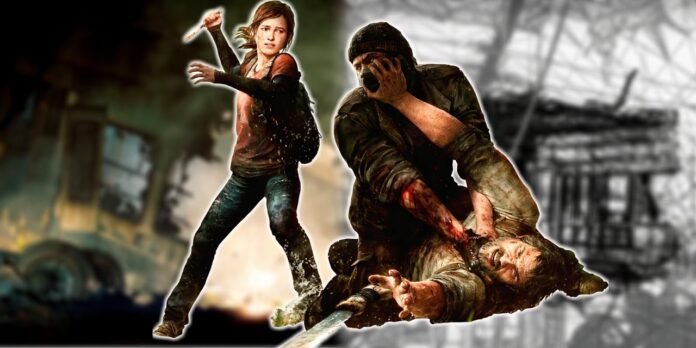At CES 2025, Sony unveiled a groundbreaking and thrilling experience, allowing participants to step into the terrifying Seattle subway tunnels from The Last of Us Part II. Using advanced technology, Sony recreated this post-apocalyptic world filled with zombies, evoking curiosity, suspense, and adrenaline. It’s a testament to Sony’s efforts to expand its iconic PlayStation franchises beyond traditional gaming screens.

Step Into the Role of a Survivor in a Perilous Mission
Before diving into the experience, each participant was equipped with special gear: some carried shotguns, while others held flashlights. These devices were fitted with sensors to interact with the virtual environment. The shotguns, though minimalistic in design, felt authentic, complete with a pump-action reload mechanism. Meanwhile, the flashlights weren’t just for illumination—they actively reacted to the surroundings, making it feel as though you were truly stepping into the world of The Last of Us.
Our mission was delivered by an actor playing a militia commander: explore the subway tunnels where fellow mercenaries had vanished. As soon as the flashlight beams cut through the dim surroundings, a chilling scream shattered the silence, signaling the arrival of Clickers.
Facing Zombies in a Visceral, Dynamic Environment

The group’s tension skyrocketed as we turned our flashlights toward the source of the scream. Moments later, a Clicker rushed toward us, forcing those armed with shotguns to fire rapidly. The gunshots echoed, drawing in more terrifying creatures. My role was to light up the threats with the flashlight, while my teammates swiftly took them down.
The intensity escalated when a subway car suddenly slid precariously out of place, triggering one of the demo’s most impressive effects. The haptic floor vibrated intensely, amplifying the visuals and sounds to create a truly immersive experience. While the floor had subtly rumbled earlier, this moment delivered the most impactful sensation yet.
To heighten realism, Sony also added scent effects to the environment, but I didn’t notice them during my time in the demo.
Familiar Faces Make an Appearance
One standout moment was the appearance of Ellie and Dina, two key characters from The Last of Us Part II. They were shown fleeing from a horde of zombies. Ellie was attacked and pinned down by an infected creature before Dina intervened to save her. However, the commotion drew an even larger swarm of zombies, throwing us into the final battle.

I used the flashlight to illuminate the incoming hordes while my teammates fired away. The screams grew louder, and the screens filled with overwhelming numbers of infected. Finally, the scene faded to black as our group was overrun, marking the end of the experience.
The Potential and Challenges of the Technology
Though still an early proof-of-concept, Sony demonstrated the potential of immersive technology to create vivid, engaging experiences. However, the static nature of the space limited participants’ ability to move freely. Additionally, the sensors required proximity to the screens, slightly detracting from the natural flow of the experience.
Still, this effort marked a significant step in bringing beloved gaming franchises closer to fans. Sony and Naughty Dog had previously collaborated with Universal Studios to create The Last of Us-themed attractions for Halloween Horror Nights, and this futuristic tech takes the concept to a whole new level.
Whether this immersive experience remains a one-off curiosity or evolves into a more developed offering remains to be seen. But one thing is clear: Sony is pushing technological boundaries to deliver unforgettable, next-level entertainment for its fans.

